Open position: Employee (f/m/d) in science and teaching for the field of architecture (Material Library)
Tender Number: 1334/2025
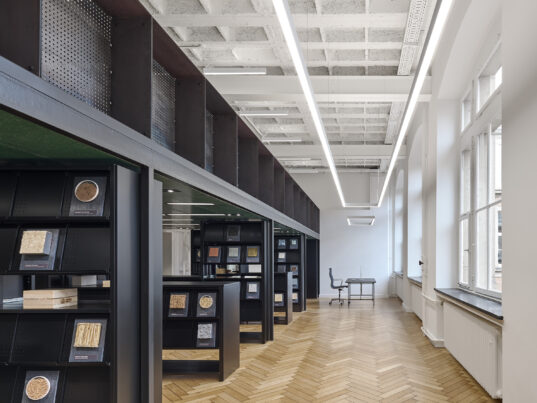
Organizational Unit: Institute IEB
Start Date: 1. February 2026
Scope of work: Part-time 50%
More information here.
Tender Number: 1334/2025

Organizational Unit: Institute IEB
Start Date: 1. February 2026
Scope of work: Part-time 50%
More information here.
In the interview of Regina Link for “lookKIT” with Sandra Böhm and Elena Boerman from the Professorship of Sustainable Construction at KIT they share insights into circular building practices. Their work centers on circular buildings that allow materials to be reused at the same quality level, reducing waste and conserving resources.
A key example is RoofKIT, a full-scale prototype of a rooftop extension developed by students. It demonstrates how modular design and natural materials like sea grass, hemp, and mushroom mycelium can be used effectively in construction. RoofKIT also serves as a communication tool with industry stakeholders, making circularity tangible.
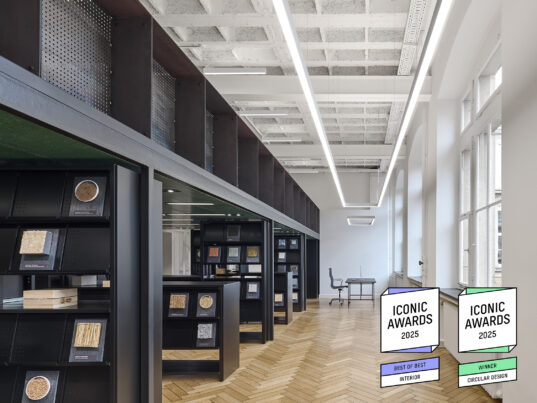
© Zooey Braun
The KIT Material Library has been honored in two categories of the Iconic Awards in August 2025: the Best of Best Interior category and the Circular Design category. The jury’s statement says: „The revitalised material library at the Karlsruhe Institute of Technology (KIT) serves as an analogue and digital knowledge repository for imparting knowledge on the subject of innovative building materials of the past, present and future. The project was realised by the Faculty of Architecture and the Professor of Sustainable Building at KIT, Dirk E-Hebel, in cooperation with STUDIO-MRA from Stuttgart. The newly arranged collection is accessible to students, interested members of the public and experts, who can also draw inspiration from the successful quality of a circular construction method. The interior is characterised not least by its exceptional clarity – it is minimalist, yet impressive and powerful.“

In the podcast episode “Zeitfragen” broadcast on June 17, 2025, on Deutschlandfunk Kultur, hemp lime was discussed as a sustainable building material and alternative to concrete. Hemp as a building material offers advantages throughout its entire life cycle in terms of its environmental compatibility, for example with regard to the uncomplicated and pesticide-free cultivation of the raw material, or in terms of its excellent physical properties, such as its diffusion openness.
Sandra Böhm, along with other protagonists in the podcast, talks about the advantages of hemp as a building material. She particularly emphasizes the need for targeted use of materials and a new diversity of materials necessary for a sustainable construction industry.

The KIT Material Library has been awarded the “Badischer Architektur Preis” (BDAP) in the Interior Design category for its innovative, circular concept. The renovation features materials that have already completed a life cycle, sourced from the so-called “urban mine”. All materials are sorted and installed without adhesives or silicones to maximize recyclability.

Manuel Rausch (STUDIO-MRA) was the lead architect of the Material Library. The design concept was developed in collaboration with the Material Library team, particularly the selection of materials for the interior was made with Professor Dirk E. Hebel, Sandra Böhm, Elena Boerman, and Thomas Kinsch.
With an extensive collection of building materials, the library offers students the chance to experience materials firsthand and integrate them into their design processes. The architectural redesign presents a bright, airy space with a gallery level that encourages interaction and exploration.
This material library serves as a knowledge repository for sustainable building materials, providing both analog and digital resources for research and education.

For more information, visit the BDAP website.
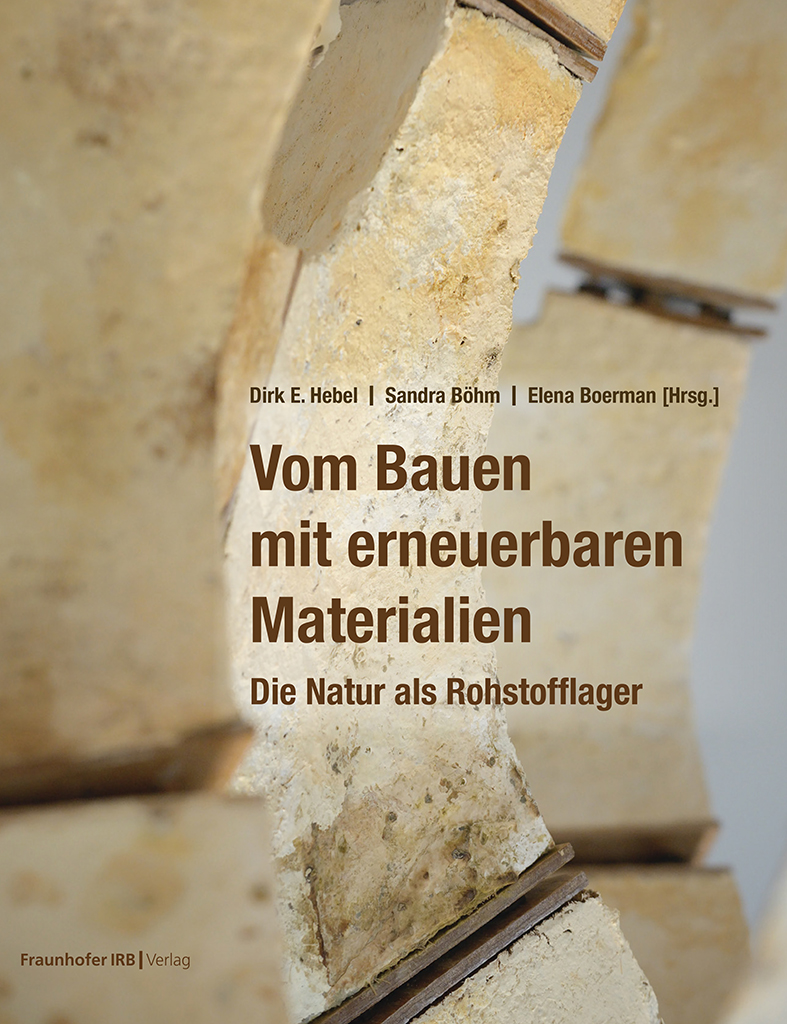
Building with renewables – our nature as material stock
Dirk E. Hebel, Sandra Böhm und Elena Boerman (Editors), Fraunhofer IRB Verlag, Stuttgart, 2024
With contributions from Hanaa Dahy, Moritz Dörstelmann, Alireza Javadian, Mitchell Joachim, Henk Jonkers, Andrea Klinge, Clemens Quirin, Eike Roswag-Klinge, Martin Rauch, Nazanin Saeidi, Michael Sailer und Werner Schmidt.
Designing our built environment in a socially, economically and ecologically fair way is a major social responsibility for all planners. How can we address the scarcity of resources in construction and achieve a completely circular economy? International experts from research and practice are addressing these important questions, with a particular focus on renewable and bio-based building materials. In addition to traditional building materials such as wood and clay, they also describe a variety of innovative bio-based materials and building products and consider their performance and availability. Their visions and ideas outline how biomaterials can be used in buildings and constructions. Project examples offer inspiration for your own planning and building. A collection of selected material examples illustrates the special aesthetics and value of components made from sown, grown and harvested resources. In order to preserve our livelihoods, much more focus must be placed on circular biological materials. The positive incentives and food for thought in this book show possible ways to build in consistence with our natural processes and systems.
Work in the materials library is progressing. More and more parts of the old raw building fabric are becoming visible.
The renovation of the premises of the material library began some months ago and a lot has already happened. For example, current new electrical installations are being installed and a new modern lighting design has already been completed and will be implemented soon.
After many areas have been uncovered, a contemporary repair of the ceiling and walls is now taking place as well as the preparations for the new glazing.
The new material library will thus become a spacious, airy room, which will already provide generous views from the outside. We will continue to report on the development status of the new KIT material library here on the ChangeLab platform.
The renovation of the premises is supported by Wacker Chemie AG.
Images: Bernd Seeland, Faculty of Architecture, KIT Karlsruhe
An interview with the Dean of the KIT Faculty of Architecture Dirk E. Hebel and seminar leader Sandra Böhm of the Professorship of Sustainable Construction about their design strategies and the compatibility with materials science in architectural education.
The KIT Faculty of Architecture has a long tradition in understanding architectural design in close interaction with and in dependency on structural design, building construction, building physics, social studies and material science. The students deal critically and actively with the pressing questions of our times and are looking for ways to align their own actions with these findings.
The focus at the KIT Faculty of Architecture is on integrated design, so that conceptional, ecological, economical, structural, physical, sociological, historic, artistic, communicational, urban, landscape and theoretical questions are understood and treated as a holistic interdisciplinary project in the design itself. Thus, design studios serve as a field of experimentation and students are given the opportunity to show and test their ideas and conceptions in innovations and experimental studies.
This also includes the rediscovery of traditional materials and their possibilities in terms of the synergy of tradition and innovation. In the research seminar “Bau auf!” held together with the Karlsruhe Majolika, the students dealt with the material ceramic and the possibilities of 3D printing.
The innovation platform “Changelab! Wacker KIT Innovation Platform for Pioneering Sustainable Construction” builds a bridge to cooperation with the industry and is intended to bring together students, architects, engineers, and construction experts who are looking for new approaches in the field of material development and construction methods for a circular economy.
Published in “DER ENTWURF – Magazin der DBZ für junge Architekt*innen und Ingenieur*innen”, edition November 2020, p. 14-17
Loam is produced by the natural weathering of rocks. It can be found almost everywhere and is considered a local building material – even on the Upper Rhine. It consists of different rock or particle sizes, from sand to silt to clay. If dried loam is combined with sufficient water, it becomes plastic again and can be brought into a new form.
In a joint seminar of the KIT Professorships of Sustainable Construction and Building Technology, a small rammed earth garden house is currently being built near Freiburg. After the material has been tested and suitable formwork has been built, the clay is currently being brought in and compacted.
The students received the basic and background knowledge in advance and currently have the opportunity to gain practical experience in this construction method under adapted conditions, to obtain technical know-how and to experience the materiality of rammed earth live.
Images: Katharina Blümke, Faculty of Architecture, KIT Karlsruhe
The Professorship of Sustainable Construction was entrusted with the reorganisation of the Material Library of the KIT Faculty of Architecture.
In addition to setting up a digital material library, the premises will also be restructured and brought up to a contemporary standard. After the renovation, the materials library will offer the opportunity to obtain comprehensive information about historical, most used, unusual and new materials. The materials can be physically experienced and personal advice can be obtained. The materials library becomes a place of encounter, exchange, research and investigation.
The renovation of the premises is supported by Wacker Chemie AG.
Images: Bernd Seeland, Faculty of Architecture, KIT Karlsruhe
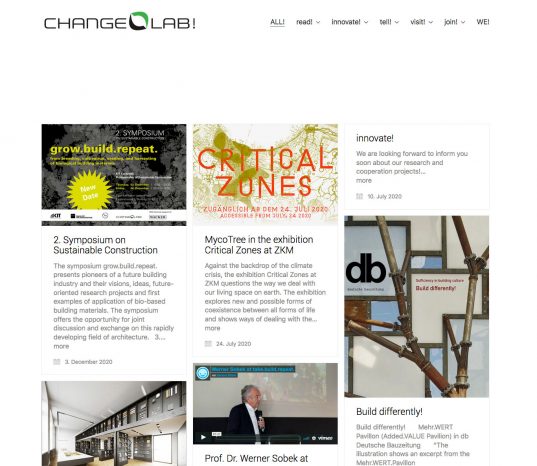
The ChangeLab! website is online. The WACKER / KIT Innovation Platform for Pioneering Sustainable Construction is aiming to bring together KIT students, architects, engineers and construction experts seeking new approaches in the field of materials development and construction methods for a circular economy.
More information at: changelab.exchange
WACKER / KIT Innovation Platform for Pioneering Sustainable Construction

We are pleased to announce that WACKER Chemie AG is supporting the KIT Faculty of Architecture by setting up a new innovation platform for sustainable construction. The project “ChangeLab! WACKER / KIT Innovation Platform for Pioneering Sustainable Construction” is aiming to bring together KIT students, architects, engineers and construction experts seeking new approaches in the field of materials development and construction methods for a circular economy. Public lectures, symposia and ideas competitions are planned. All activities of the platform will be posted publicly on the website changelab.exchange, which goes live today.
The goal of the innovation platform is to forge stronger ties between researchers and practitioners at the various stages of the construction-sector supply chain. Events such as the “grow.build.repeat.” symposium, likely to be held in KIT’s Faculty of Architecture on December 3-4, 2020, will encourage discussions on the biological material cycle within the construction industry. (More information about “grow.build.repeat.”)
“The fact that we have gained WACKER’s support for the ChangeLab! platform is a huge boost for our work at the faculty and will prove highly inspirational for all those seeking to become involved in the future of construction,” explains Dirk E. Hebel, Professor of Sustainable Construction and Dean of the Faculty of Architecture at KIT.
The Munich-based chemical Group WACKER also expects to gain major impetus from this collaboration with KIT. “Even in times of the coronavirus, sustainability remains a top priority for us,” says Peter Summo, president of the WACKER POLYMERS business division. “We are deliberately laying down a marker for the development of sustainable technologies in the construction sector. This is a matter of strategic importance to us.”
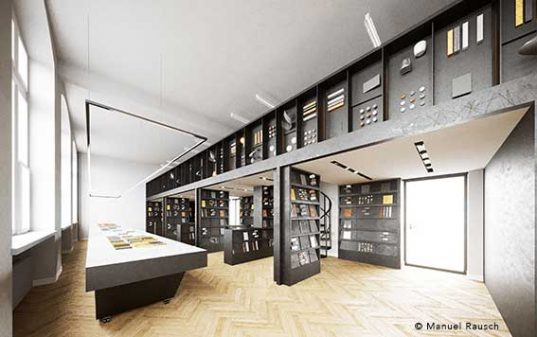
The Professorship of Sustainable Construction was entrusted with the reorganisation of the Materials Library of the KIT Faculty of Architecture. The conceptual and content-related reorganization is based on establishing a broad collection of the most used building materials in Europe. On top, new research and materials adressing questions of a circular construction economy as well as alternative building materials coming from either the urban mine or biological renewable ressources will establish a unique feature in Karlsruhe.
The setup and the management of the material library itself is the subject of research. The description and presentation of the materials is developed with the aim of enabling students, staff and guests of KIT to use the library for their own research the most easiest and low-threshold way. In near future, materials will be digitally and physically viewable, experiencable and comparable in order to establish an active place of exchange, debate and research within a motivating environment.
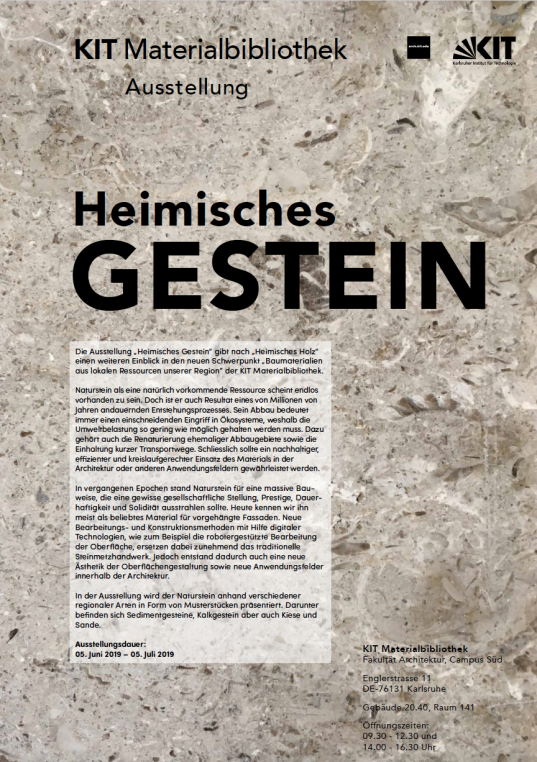
The exhibition “Local Stone” gives an insight into the new focus “Building Materials from Local Resources of our Region” of the KIT Material Library. Stone as a natural resource seems to be endlessly available. At the same time it is the result of a process that has been going on for millions of years and it`s mining always means a drastic intervention in ecosystems. Because of that the sensitive renaturation of former mining areas and the observance of short transport routes are essential. Finally, a sustainable, efficient and recyclable use of the material in architecture or other fields of application should be ensured.
In past epochs, natural stone stood for a massive construction method that was to radiate a certain social status, prestige, durability and solidity. Today we mostly know it as a popular material for curtain facades. New processing and construction methods using digital technologies, such as robot-assisted surface processing, are increasingly replacing traditional stonemasonry. However, this also resulted in a new aesthetic of surface design and new fields of application within architecture.
In the exhibition, the natural stone is presented in the form of samples using various regional species. These include sedimentary rocks, limestone but also gravel and sand.
Duration of the exhibition: 05 June 2019 – 05 July 2019
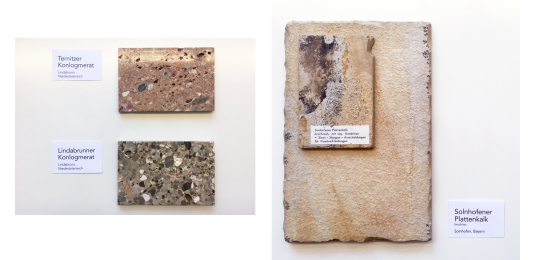
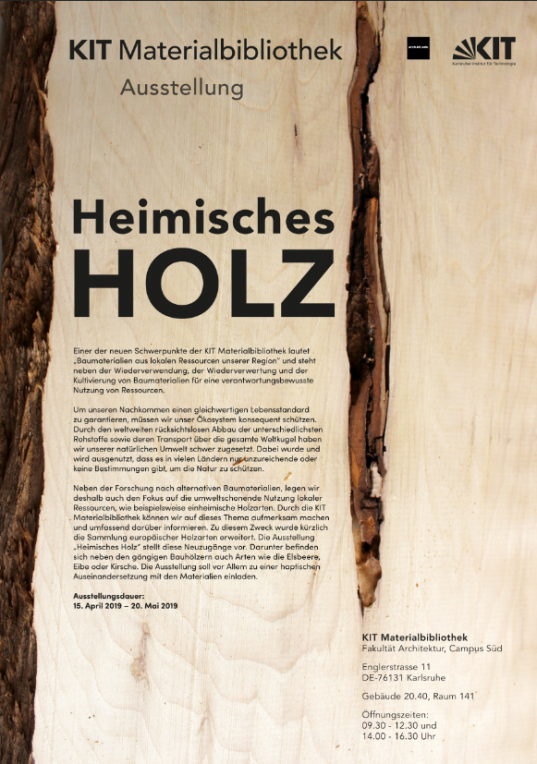
One of the new focal points of the KIT Material Library is “Building Materials from Local Resources of our Region”. This topic stands in addition to the reuse, recycling and cultivation of building materials, for a responsible use of resources.
Through the worldwide ruthless extraction of the most diverse raw materials and their transport across the globe, we have severely damaged our natural environment. It has been and continues to be exploited that in many countries there are insufficient or no regulations to protect nature.
In addition to research into alternative building materials, we therefore also focus on the environmentally friendly use of local resources, such as indigenous wood species. Through the KIT Materials Library, we can draw attention to this topic and provide comprehensive information. The collection of european wood species has recently been expanded. The exhibition “Local Wood” (“Heimisches Holz”) presents these new additions. Above all, the exhibition is intended to invite visitors to a haptic examination of the materials.
Duration of the exhibition:
15 April 2019 – 20 May 2019
Concept and organization: Sandra Böhm
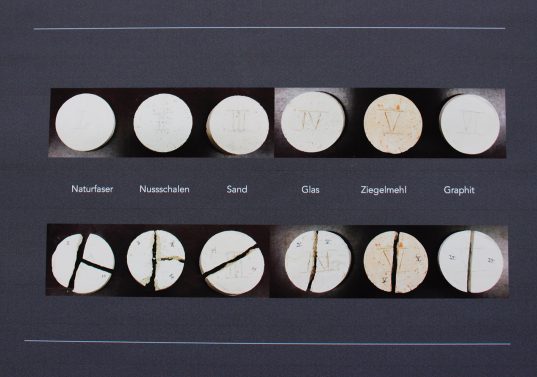
For a long time, ceramics were mostly used for pragmatic construction solutions. Today, a number of innovative technologies have given it a new significance within architecture. These innovations can be found in the material development, in manufacturing processes or in individual application scenarios. Generative technologies offer high potential in terms of resource-efficient production. This is because the layer-by-layer additive manufacturing process only makes material necessary where it is required due to aesthetic criteria and mechanical stress.
In the research seminar “Build up!” students dealt with the development of innovative building materials using ceramic 3D printing. The seminar was held by the Professorship Sustainable Construction in cooperation with the Majolika Ceramics Manufactory in Karlsruhe. The exhibition in the Material Library uses posters, material experiments and printed objects to illustrate the course of the project and further ideas of the group work.
Exhibition duration and location:
20 February to early April 2019
Material Library (Bld. 20.40, R 141)
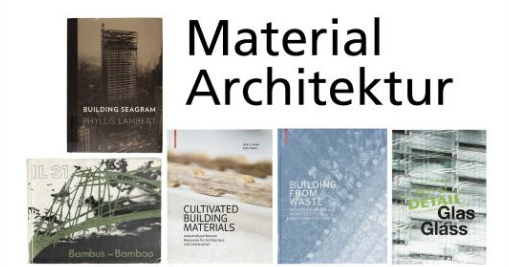
We are pleased to invite you to the opening of the exhibition MaterialArchitektur in the foyer of the KIT Library at Campus Süd on 12th April 2018 at 3:30pm.
The KIT Library, the Library of Architecture, the Materials Library of Architecture and the Department of Sustainable Construction have jointly conceived an exhibition that is intended to raise awareness of the topic of materials in architecture. A selection of relevant publications from the last 167 years is shown. Selected material samples represent the subject matter of the books.
In addition to the treatment of established building materials, this exhibition also deals with the search for alternative building materials. There are books presented that show solutions and provide an overview of the current state of research.
Prof. Dirk E. Hebel will speak a few introductory words at the opening of the exhibition.
If the weather is fine, we offer a refreshment outside after the opening (in the rondel between the KIT library and the canteen).
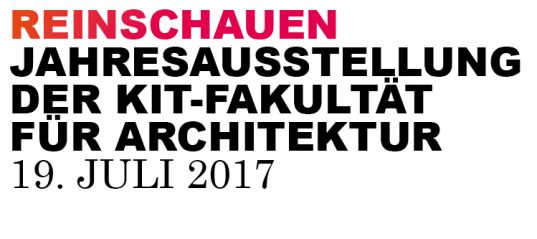
The Professorship of Sustainable Construction, as part of the yearly open day of the faculty of architecture at KIT Karlsruhe, is displaying material samples of its current research projects at the material library, Room 141.1. The event takes place on July 19th 2017 in the main building 20.40, from 4pm onwards. For details on the faculty’s program, please click here.
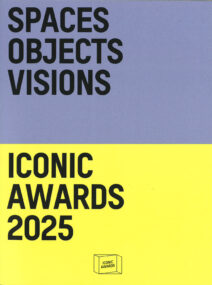
Dietzold, Lutz, ed. Iconic Awards 2025 – Spaces Objects Visions. Frankfurt: Rat für Formgebung GmbH, 2025.
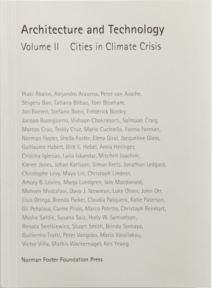
Hebel, Dirk E. “Activating the Urban Mine.“ In Architecture and Technology Volume II: Cities in Climate Crisis. Madrid: Norman Foster Foundation Press, 2025.

Hebel, Dirk E. und Felix Heisel. “Die Stadt als Ressource.” In Für eine nachhaltige Architektur der Stadt. Berlin: Verlag Klaus Wagenbach, 2025.
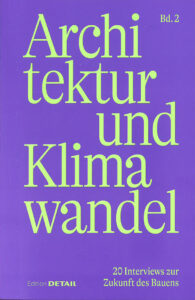
Hebel, Dirk E. “Vom Linearen Zum Kreislaufsystem.” In Architektur Und Klimawandel. München: Edition DETAIL, 2025.
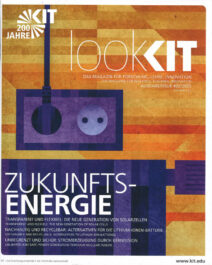
Hebel, Dirk E. Interview: “Wir müssen endlich anfangen, den CO2-Ausstoß zu messen – nicht nur, wie dick die Dämmung ist.” Interview by Christoph Karcher. LooKIT 0225, 2025.
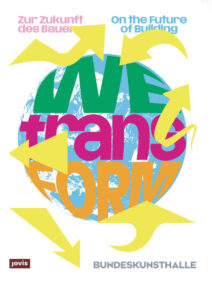
BUNDESKUNSTHALLE, ed. WEtransFORM – Zur Zukunft Des Bauens. Berlin: jovis Verlag, 2025.
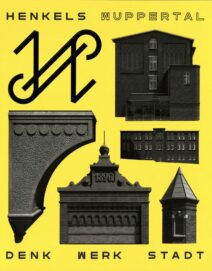
Renaissance AG, ed. Henkels Wuppertal – DenkWerkStadt. Wuppertal: renaissance Immobilien und Beteiligungen Aktiengesellschaft, 2025.
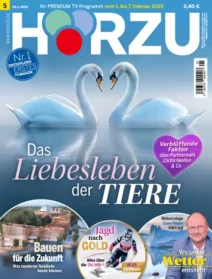
Monkenbusch, Helmut. „Bauen für die Welt von morgen.“ Hörzu, 24.1.2025
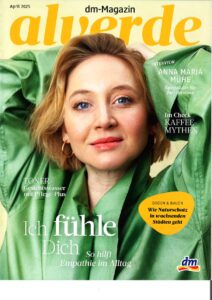
Hebel, Dirk E., Tanja Hildbrandt. „ Pilze – Netzwerker im Untergrund“. alverde, dm-Magazin, April 2025.
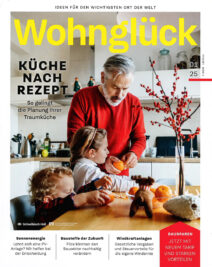
Merkert-Andreas, Carolin. “Pilze Sind Vielseitig.” Wohnglück, January 2025.
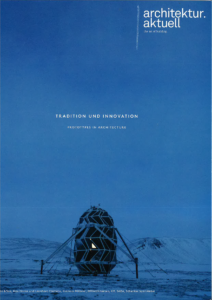
Boerman, Elena, and Dirk E. Hebel. “RoofKIT – Kohlenstoffspeicher Und Materiallager.” Architektur.Aktuell, vol. 12.2024, no. Tradition und Innovation, Dezember 2024, pp. 98–109

Hebel, Dirk E. Interview: “Vom linearen zum zirkulären Kreislaufsystem.” Interview by Sandra Hofmeister, DETAIL 11.2024, Nov. 2024.

Hebel, Dirk E., Sandra Böhm, Elena Boerman, Hrsg. Vom Bauen mit erneuerbaren Materialien – Die Natur als Rohstofflager. Stuttgart: Fraunhofer IRB Verlag, 2024.
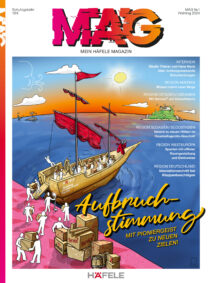
Hebel, Dirk E. “In Kreisläufen denken, entwerfen und wirtschaften.” MÄG – Mein Häfele Magazin, 2024.
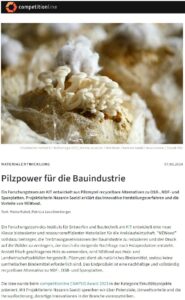
Rubel, Maike, and Patricia Leuchtenberger. Interview: “Pilzpower für die Bauindustrie.” competitionline, 7 June 2024, https://www.competitionline.com/de/news/schwerpunkt/pilzpower-fuer-die-bauindustrie-7283.html.
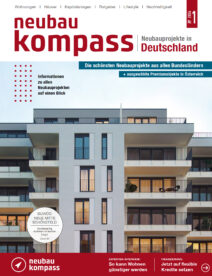
Müller, Janek. “Baumaterialien der Zukunft: Pilze, Hanf und Algen.” neubau kompass – Neubauprojekte in Deutschland, May 3, 2024. https://www.neubaukompass.de/premium-magazin/.
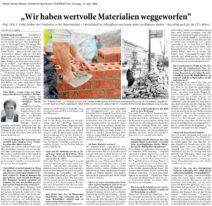
Sören, S. Sgries. “Interview: ‘Wir haben wertvolle Materialien weggeworfen.’” Rhein-Neckar-Zeitung, April 27, 2024, SÜDWEST I 28 edition, sec. Sinsheimer Nachrichten.

Schweikle, Johannes. “Auf Pilz gebaut.” Stuttgarter Zeitung, April 23, 2024, sec. Die Reportage.
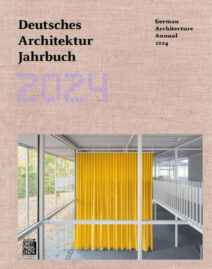
Klaaßen, Lars. “Organische Architektur – Pilzmyzel und Flachs als Materialien für die ökologische Bauwende.” In Deutsches Architektur Jahrbuch 2024, edited by Peter Cachola Schmal, Yorck Förster, and Christina Gräwe, 198–209. Berlin, Germany: DOM publishers, 2024.
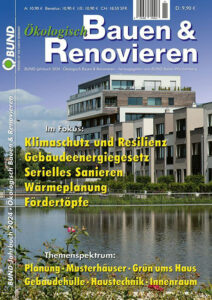
Streiff, Peter. “Zirkuläres Bauen – Kreislauf statt Abriss.” BUND-Jahrbuch – Ökologisch Bauen & Renovieren 2024, January 2024.
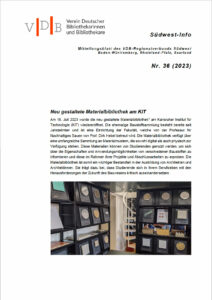
Mönnich, Michael, and Sandra Böhm. “Neu gestaltete Materialbibliothek am KIT.” Südwest-Info: Mitteilungsblatt des VDB-Regionalverbands Südwest Nr. 36 (2023), 2023.
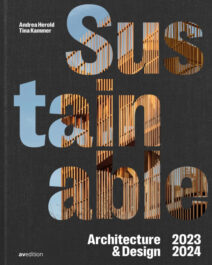
Hebel, Dirk E. “RoofKIT Wuppertal, Germany; Interview with Prof. Dirk Hebel: The aim is clear, we must forge the path ourselves.” In Sustainable Architecture & Design 2023/ 2024, edited by Andrea Herold, Tina Kammerer, and InteriorPark., 46–55. Stuttgart, Germany: av edition GmbH, 2023.
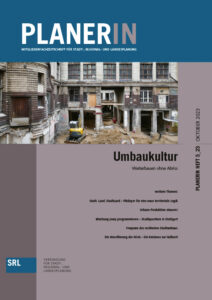
Hebel, Dirk E. “Der Bestand ist die künftige Ressource – Den linearen Umgang mit Baumaterialien schnellstmöglich stoppen.” Planerin – Mitgliederfachzeitschrift für Stadt-, Regional- und Landesplanung, Oktober 2023.
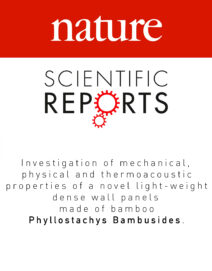
Gholizadeh, Parham, Hamid Zarea Hosseinabadi, Dirk E. Hebel, and Alireza Javadian. “Investigation of Mechanical, Physical and Thermoacoustic Properties of a Novel Light-Weight Dense Wall Panels Made of Bamboo Phyllostachys Bambusides.” Nature Sientific Reports 13 (October 26, 2023). https://doi.org/https://doi.org/10.1038/s41598-023-45515-3
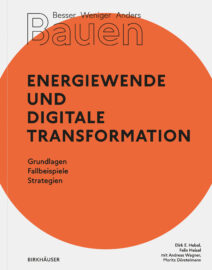
Hebel, Dirk E., Felix Heisel, Andreas Wagner, und Moritz Dörstelmann, Hrsg. Besser Weniger Anders Bauen – Energiewende und digitale Transformation. Besser Weniger Anders Bauen 2. Basel: Birkhäuser Verlag GmbH, 2023.
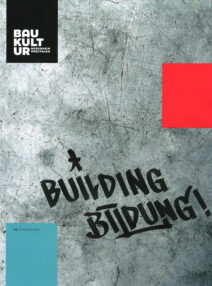
Hebel, Dirk E. “Vom Jagen, Züchten Und Ernten Zukünftiger Baumaterialien.” Baukultur Nordrhein Westfalen, September 2023.
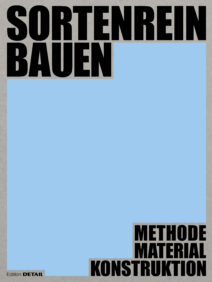
Hebel, Dirk E., Ludwig Wappner, Katharina Blümke, Valerio Calavetta, Steffen Bytomski, Lisa Häberle, Peter Hoffmann, Paula Holtmann, Hanna Hoss, Daniel Lenz and Falk Schneemann, eds. Sortenrein Bauen – Methode Material Konstruktion. Edition DETAIL. München: DETAIL Business Information GmbH, 2023.
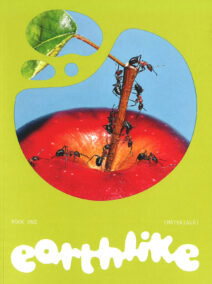
Schweikle, Johannes. “Fungi.” In Earthlike, 1:70–75, 2023.
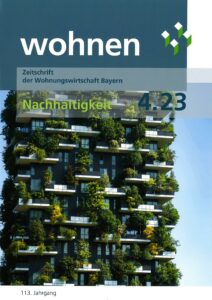
Hebel, Dirk E. “Die Stadt als Rohstofflager.” wohnen – Zeitschrift der Wohnungswirtschaft Bayern, August 2023.
Hebel, Dirk E. “Das RoofKIT-Gebäude der KIT Fakultät für Architektur – Gewinner des Solar Decathlon 2021/22 in Wuppertal.” wohnen – Zeitschrift der Wohnungswirtschaft Bayern, August 2023.
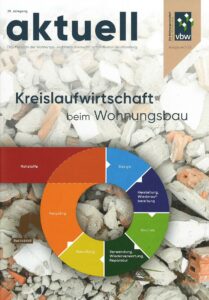
Hebel, Dirk E. “Die Stadt Als Rohstofflager.” Aktuell – Das Magazin Der Wohnung- Und Immobilienwirtschaft in Baden-Württemberg, 2023.